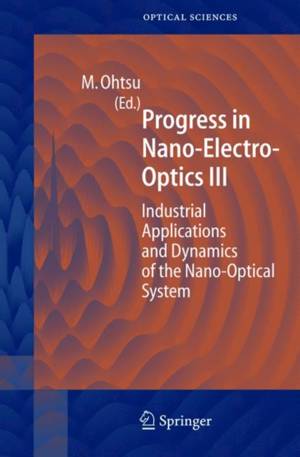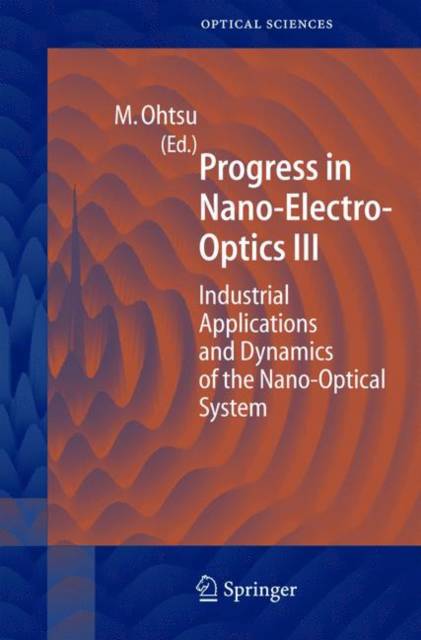
- Afhalen na 1 uur in een winkel met voorraad
- Gratis thuislevering in België vanaf € 30
- Ruim aanbod met 7 miljoen producten
- Afhalen na 1 uur in een winkel met voorraad
- Gratis thuislevering in België vanaf € 30
- Ruim aanbod met 7 miljoen producten
Zoeken
Progress in Nano-Electro Optics III
Industrial Applications and Dynamics of the Nano-Optical System
€ 158,45
+ 316 punten
Omschrijving
Near-?eld optical recording is a promising way to realize a recording density 2 of over 1 Tb/in . In this chapter, we focused on the near-?eld optical head, which is a key device for near-?eld optical recording. First, we explained the technical issues regarding the near-?eld optical head and introduced some solutions to these issues. We focused on a highly e?cient near-?eld optical head that uses a wedge-shaped metallic plate, and described its optical pr- erties based on a simulation using a ?nite-di?erence time-domain method. The simulation results con?rmed that a strong optical near ?eld is generated at the apex of the metallic plate when a plasmon is excited in the metallic plate. When a TbFeCo recording medium was placed 10 nm from the ne- ?eld optical head, the size of the optical spot was 30 nm, which corresponds 2 to an areal recording density of approximately 1 Tb/in . The e?ciency was 20% if we assume that the incident beam was a Gaussian beam with a full width at half-maximum of 1µ m. Furthermore, we discussed an optical head using two metallic plates. We con?rmed through our simulation that a highly localized optical near ?eld was generated at the gap when the plasmon was excited in the metallic plates. The distribution was 5 nm by 5 nm when the two apices were separated by 5 nm.
Specificaties
Betrokkenen
- Uitgeverij:
Inhoud
- Aantal bladzijden:
- 224
- Taal:
- Engels
- Reeks:
- Reeksnummer:
- nr. 96
Eigenschappen
- Productcode (EAN):
- 9783642059162
- Verschijningsdatum:
- 19/10/2010
- Uitvoering:
- Paperback
- Formaat:
- Trade paperback (VS)
- Afmetingen:
- 156 mm x 234 mm
- Gewicht:
- 344 g

Alleen bij Standaard Boekhandel
+ 316 punten op je klantenkaart van Standaard Boekhandel
Beoordelingen
We publiceren alleen reviews die voldoen aan de voorwaarden voor reviews. Bekijk onze voorwaarden voor reviews.










